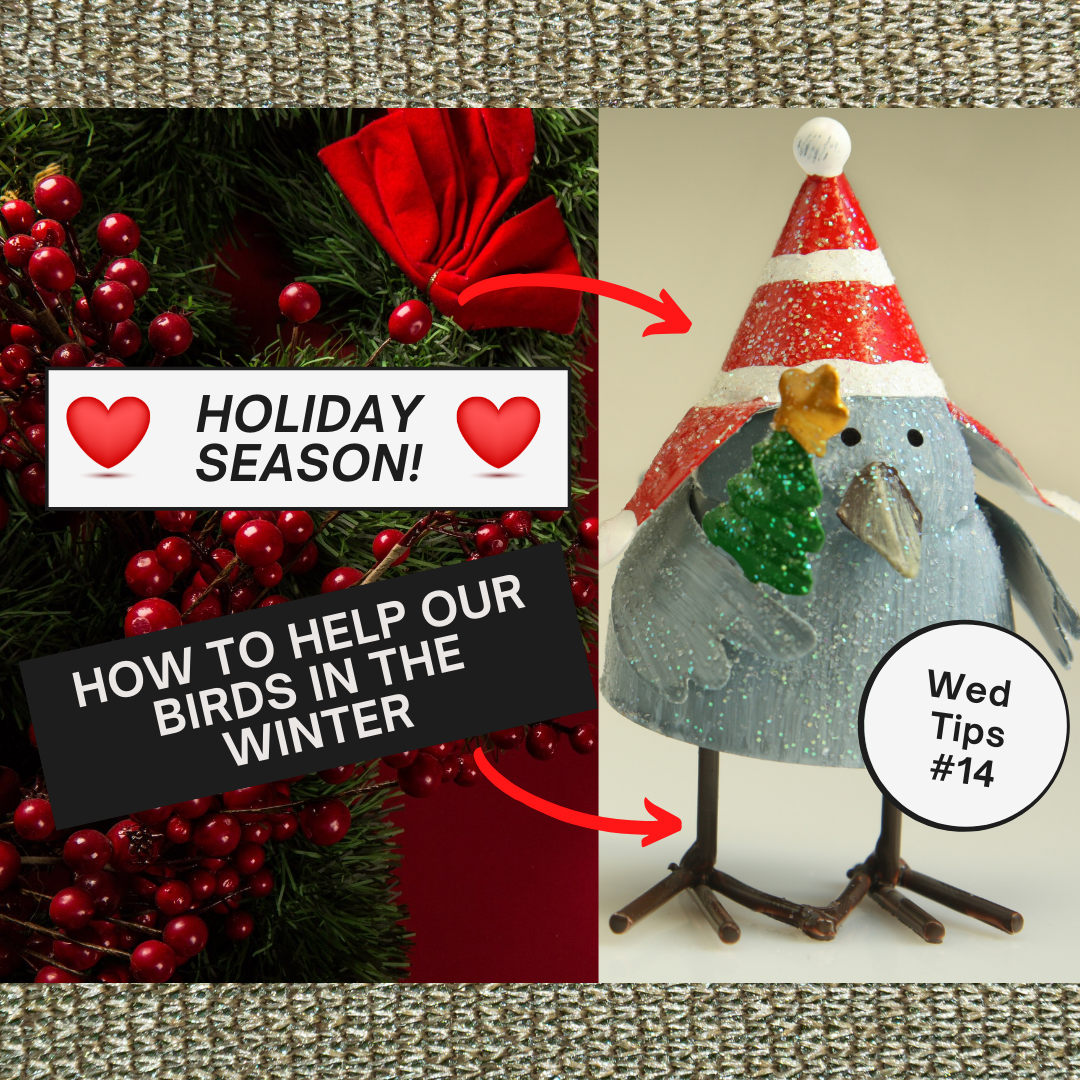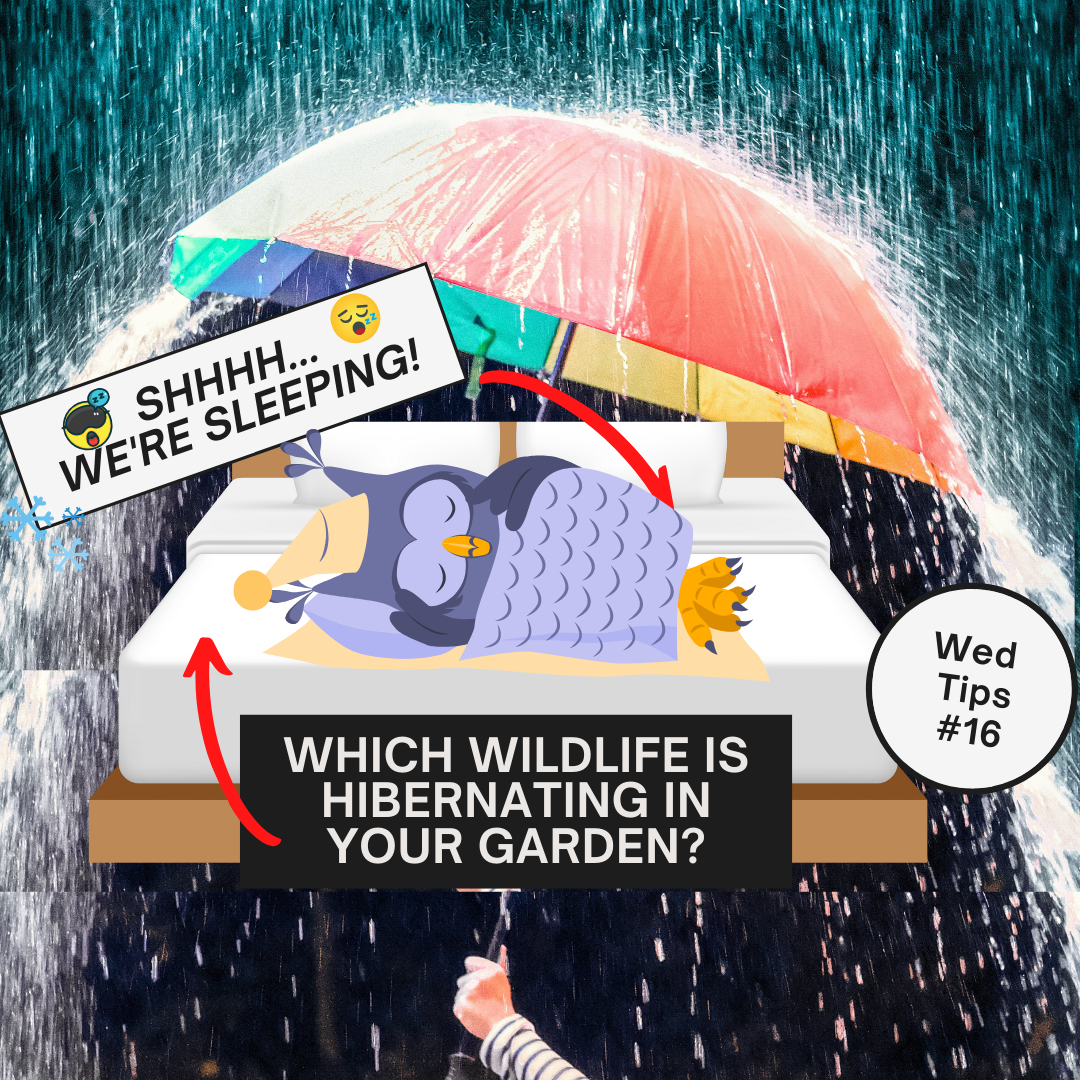
It’s that time of the year where we change our wardrobes from summer to winter. Maybe get rid of a few items we haven’t worn for a while.
We know winter is coming because we use calendars - birds “feel it” in their bodies. When cold weather arrives, we simply dress more warmly. But for the wild life, a downy jacket is something they have to grow for themselves!
It’s incredible how birds sense the changing of the seasons. With inner mechanisms and systems like alarm clocks, birds intuitively know: time to fly south.
How do pigeons fly home from thousands of miles away?
Birds sense the changing seasons by their internal thermometers and barometers. They can sense changes in air pressure and the drop in temperature. But no one knows exactly how, a conundrum that has left many scientists scratching their heads. For instance, birds know hours ahead of time when a storm is coming, which helps them decide on where to feed, hide or fly away. Strange - but true.

As the air gets cooler, the sky is filled with flocks hightailing it south. This journey is not easy. Surviving the flight of thousands of miles takes a great toll on their small bodies. Some never make it.
But there are those who choose to stay put, who would rather face the harsh weather than undertake the long dangerous journey. In order to do that, they have to keep their body heat between 100-110°F when outside it’s freezing cold. Some of these birds weigh hardly 15 grams, such as the common redpoll. But these tiny foragers can survive almost -100°F, well below freezing point!
So how do we think they do it?

1. Plumage
Studies have shown that when birds molt for winter, they grow 35-70% more feathers than they have in warm weather. In the late fall, after the mating season, they begin to shed the colorful plumage that attracted their partner and grow extra feathers quite quickly. These are color-muted, best suited for camouflage, to stay out of sight of hungry predators.
2. Insulation
These new feathers provide incredible insulation. The bird’s uropygial gland, near the base of the tail, secretes an oil that provides them with warmth as well as waterproofing. Being cold is bad enough – getting wet is even worse!
Water fowl, like ducks, geese, pelicans and gulls, have unique scales along their legs as protection from the icy water.
The body heat warms the air between their feathers, creating very effective insulation. So when you see birds fluffing their plumage, they are trapping as much air as they can between the feathers. Preening also helps birds keep their feathers water resistant, so that there’s warmth in their top layer and a toasty warm layer underneath.

3. Shiver me feathers
When we are cold, we shiver and our teeth chatter. This is the way the body tries to keep us warm. Birds use this technique for the same reason. Compared to us, their metabolic rates are so much higher thatthey must burn way more energy to keep out the cold. Many songbirds consume an extra heavy intake of food to have enough energy to keep warm. Chickadees, for example, eat 35% more food when winter comes.

4. Huddle and tuck!
From tree swallows to penguins, birds huddle together to try and maintain maximum body warmth. By standing so close, birds gain an extra 30% of heat.
It also helps birds to tuck their bill into their fur. That way when they inhale the biting cold air, it’s a little warmer. Also, raising one leg in the air is also helpful as there is less contact with the freezing snow. Some birds, like cardinals, fluff up into little balls! It’s hard work keeping warm!
5. Torpor: AKA switching off
At night, some species go through a hibernation-like state called torpor. This is when the regular body functions largely decrease to conserve energy and heat. Some songbirds go into this state for a few hours, and others, like hummingbirds, go into torpor all night!
This is a great energy-efficiency technique - but there’s a catch. If spotted by a predator, the bird will hardly have time to react, and the little thing will be eaten. However, winter is tough and these actions must be taken to get through some pretty cold nights.
Here’s where you come in!
You can actually help birds get through the winter more easily by giving them the fuel they need to navigate this tough season. You can give them high energy foods like suet, peanuts and black oil sunflower seeds.
Water is essential year-round for drinking as well as preening, but even more crucial in the winter. A heated birdbath is manna from heaven. As long as the water is kept clean, this is a great service to give our wildlife.
You can also create winter shelter. Some species like roosting boxes, others find hideouts in tree cavities like woodpeckers. So, leave the dead trees where they are, because they may well host some birds through the winter.

Cedar waxwings and many others who depend on insects - look for fruit instead. Planting fruit trees and shrubs or even an evergreen tree, if you have the space, can be a huge help.
Every tiny bit helps. And as the winter comes to an end, you will see these songbirds, who you have helped throughout the season, molt their winter worries together with their feathers and slowly grow colorful plumage again. There is no better way to enjoy the dawn of spring with happy flying creatures, basking in the warm spring sun.




Leave a comment
All comments are moderated before being published.
This site is protected by hCaptcha and the hCaptcha Privacy Policy and Terms of Service apply.